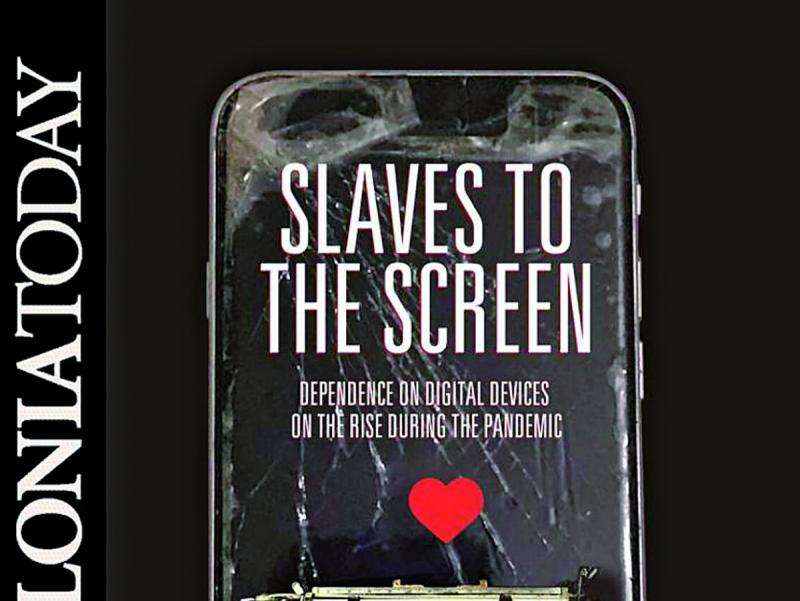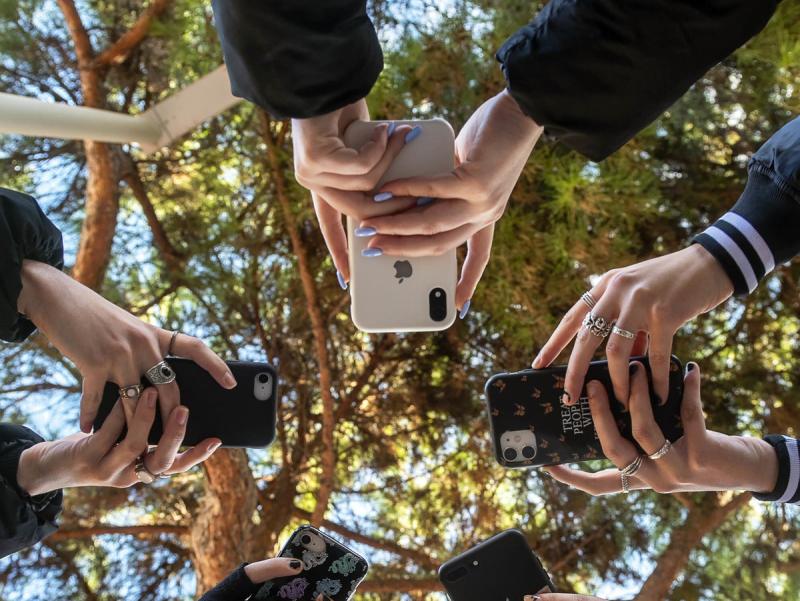Widespread mobile phone use is driving cyberbullying
Harassment via electronic means is on the rise and has gone up during the pandemic, according to latest b-resol survey
One harmful effect of the spread of mobile phones among the young is the emergence of new ways of harassing each other, often from the anonymity that mobile devices make possible. Cyberbullying, as it has come to be known, is a problem that affects a high percentage of young people, including children, and is replacing conventional bullying.
The latest b-resol review, compiled in the last school year by the BCN Resol start-up, surveyed more than 3,200 secondary school pupils and found that 1.7% admitted to being victims of cyberbullying, while 3.6% reported being victims of conventional bullying. Prior to the pandemic, the percentage of young people who said they had experienced cyberbullying was 1.1%, which suggests that the lockdowns and the change of routines associated with coronavirus have made this harmful behaviour worse.
The co-founder and general manager of BCN Resol, Josep Fígols, explains that cyberbullying is not only growing but “becoming more sophisticated”. “Unlike conventional bullying,” he explains, “it’s more repetitive, there’s no time limit: it’s 24/7.” And Fígols points out another problem: “The lack of training adults have in the digital world and the fact that the role models that many young people have are people of the same age.” The third b-resol review also concludes that one in four pupils admits to having witnessed a case of bullying or cyberbullying in the past year, and almost half say they have done so during their entire school life.
However, it is worth mentioning that the figures provided by this survey refer to schools running prevention and immediate action programmes designed by BCN Resol, which includes the use of a mobile app to notify when an attack is detected. Other studies show higher figures for cyberbullying. The Anar Foundation, which helps children and teenagers at risk, finds that 36.5% of bullying cases are carried out through a device over the age of 13, and that 70% of cyberbullying victims are girls. Unicef, meanwhile, estimates that two out of ten teenagers are victims of cyberbullying, and Unesco data say that cyberbullying affected one in ten adolescents in 2019.
While the figures are worrying, Fígols points to another problem affecting young people that is even more alarming: eating disorders. Some 9.3% of respondents in the latest b-resol survey said they had experienced an episode of anorexia or bulimia in the past year, a 50% increase over the figure for previous year, with 90% of those affected being girls.








